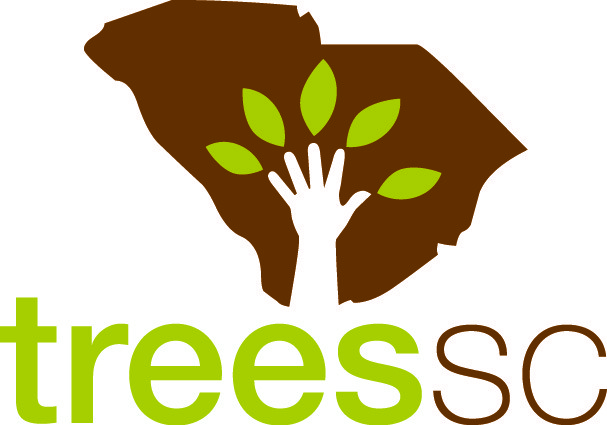
The City of Columbia is the capital and second largest city in South Carolina, with a population of roughly 135 thousand people. It is also the county seat of Richland County, and part of the City extends into Lexington County. Geographically, is located at the confluence of the Saluda and Broad rivers, which combine to become the Congaree River at the fall line between the Piedmont region and the Atlantic Coastal Plain. The county name “Richland” is due to the rich sandy loam in the extensive bottomlands around the Congaree River.
It will come as no surprise that Columbia enjoys a humid subtropical climate, and is located in USDA Plant Zone 8a.
Major drivers of the Columbia economy include higher education (University of South Carolina main campus), military (US Army base Fort Jackson), health care (Palmetto Health system and Blue Cross Blue Shield of South Carolina), government (state and county), business and industry ( Square D, Michelin, International Paper, Westinghouse, Colonial Live and Accident Insurance, AgFirst Farm Credit Bank). The Columbia Metro Area is served by rail, and 3 major interstate highways (I-26, I-20, and I-77).
Sara Holler, former Superintendent of Forestry and Beautification and current deputy Public Works Director, says that the 46,000 public trees listed on the City’s website is based on an old inventory that is now inaccessible due to hardware failure, but that is the best estimate for the population of street trees taken care of by the Forestry & Beautification Division. They have a staff of about a dozen and 4 bucket trucks to get the work done in-house. The Columbia Tree and Appearance Commission (a City appointed board of volunteers) is facilitated by this division, which oversees the Forever Forest Foundation, a fund that supported by public donations. The nonprofit Columbia Green helps the city with landscaping and tree planting projects, including some funding.
The new Superintendent of Forestry and Beautification is Caleb King, who moved to South Carolina from the Chicago area last summer. Caleb is impressed by 2 major aspects of the community forestry program: first, by how passionate most Columbians are about their trees, and second, by the extraordinarily beautiful native live oaks. He notes with discouragement the poor quality of most mature water oaks, which will require considerable resources to address as they decline and die. He also notes the underwhelming performance of most maples in Columbia.
The Parks and Recreation Department maintains trees in Columbia’s City Park system, approximately 600 acres of public land. The City has over 1,100 employees and a strategy of doing most tree planting and maintenance in-house, so it makes sense that more than one department deals with public trees. Columbia’s community forestry program has quite a few moving parts!

Recent Comments